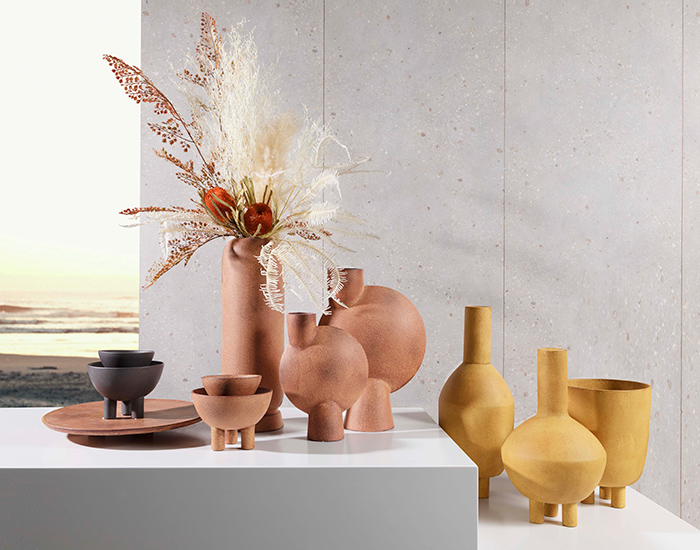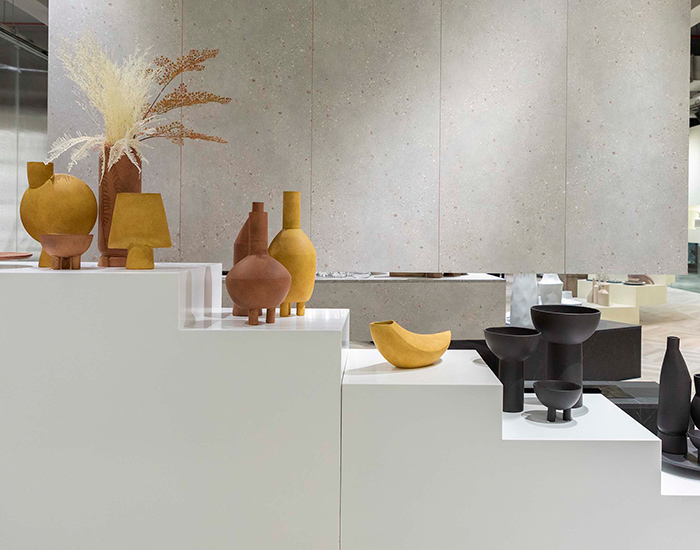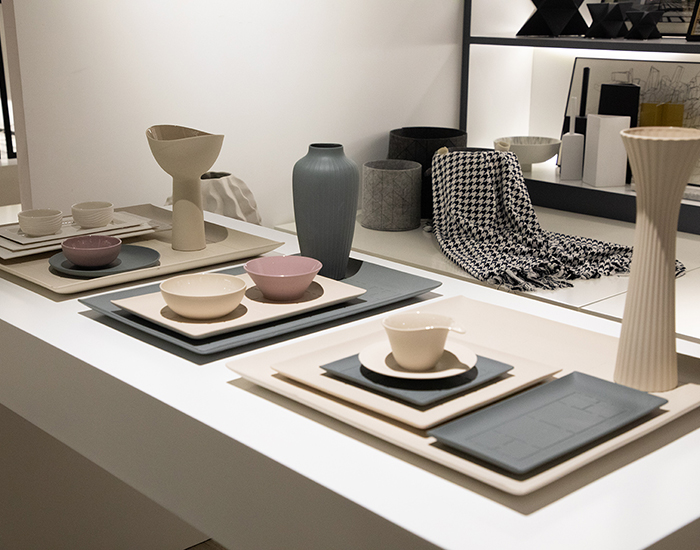Ceramic crafts, known for their rich artistic elements and historical significance, have long held a pivotal position in our culture and heritage. These handmade works, from the soil to the molding process, showcase the creativity and skilled craftsmanship of artists. With ceramic crafts, we carry our culture and art with us, capturing the essence of our rich traditions and history.

Ceramic crafts are unique in their ability to transform clay into various shapes and colors. Unlike other crafts, it is not easy to replicate the versatility and plasticity of ceramics. Through a series of delicate processes, artisans bring life to these materials, creating stunning pieces that captivate the eyes and stimulate the imagination.
From ancient times to the present day, ceramics have played a significant role in human civilization. In ancient civilizations, such as Mesopotamia, Egypt, and China, ceramics were utilized for both practical and artistic purposes. Vases, mugs, plates, and figurines were not only functional but also adorned with intricate designs and patterns, showcasing the skill and creativity of the artisans.
In contemporary times, ceramic crafts continue to be valued and celebrated. These unique works of art find their place in various settings, including galleries, museums, and homes of art enthusiasts. The beauty and versatility of ceramics make them a popular choice for interior design, as they can effortlessly enhance the aesthetic appeal of any space. Moreover, ceramics have been widely adopted in the field of architecture, adding a touch of elegance and uniqueness to buildings.
The process of creating ceramic crafts involves several stages, each requiring meticulous attention to detail. Firstly, the clay is processed to remove impurities and make it pliable for shaping. This stage requires expertise as the artist determines the consistency, texture, and suitability of the clay. Once prepared, the clay is then molded into the desired form, using various techniques such as hand-building or throwing on a pottery wheel.


The next step in the process is the decoration and coloring of the ceramics. This is where the artistic expression truly comes to life. Artists employ a range of methods to adorn their creations, including carving, painting, and glazing. These techniques add depth, texture, and color to the ceramics, transforming them into visually striking masterpieces.
After decoration, the ceramics are fired in a kiln to achieve the desired hardness and durability. This step is crucial as it ensures the longevity of the artwork. The firing process involves subjecting the ceramics to high temperatures, causing chemical reactions that permanently alter the clay. This transformative stage gives the ceramics their characteristic appearance and strength.
Ceramic crafts hold tremendous value not only as works of art but also as a means of cultural preservation. They serve as a tangible link to our heritage, allowing us to connect with our ancestors and understand their way of life. By embracing and supporting ceramic arts, we not only promote artistic excellence but also safeguard our cultural identity.
Furthermore, the creation of ceramic crafts contributes to the economy by providing employment opportunities for skilled artisans. It also promotes tourism, as ceramics become a source of fascination for tourists seeking to explore the cultural aspects of a destination. In many regions, artisans gather in clusters, forming pottery villages or ceramic centers that attract visitors from far and wide.

In conclusion, ceramic crafts have ingrained themselves deeply into our culture and historical heritage. Through their rich artistic elements and versatile nature, they offer a means of preserving and showcasing our traditions. From their humble origins in ancient civilizations to their modern-day significance, ceramics continue to captivate us with their beauty and cultural significance. By valuing and promoting ceramic arts, we ensure the vitality and appreciation of this timeless craft for generations to come.
Post time: Oct-17-2023

